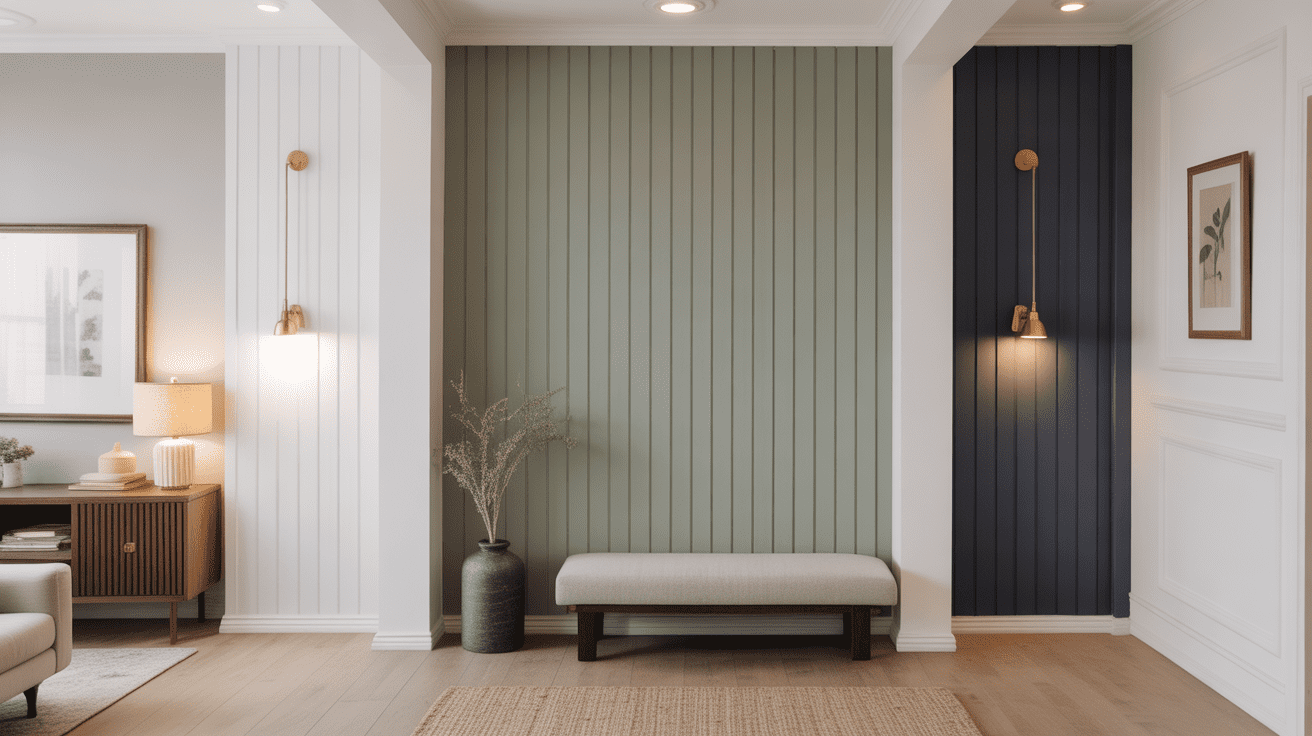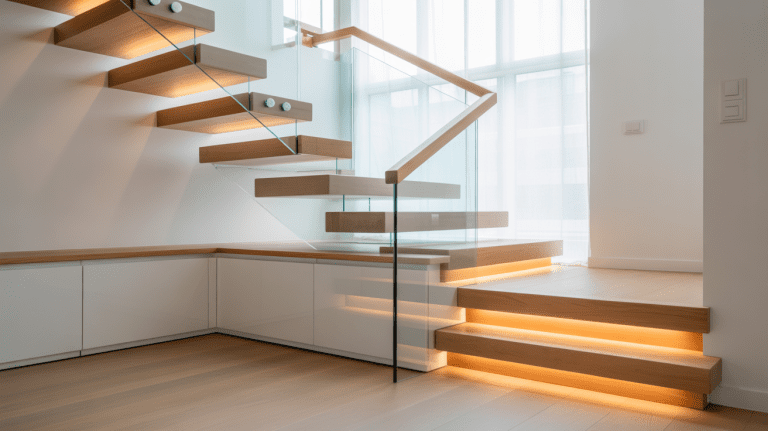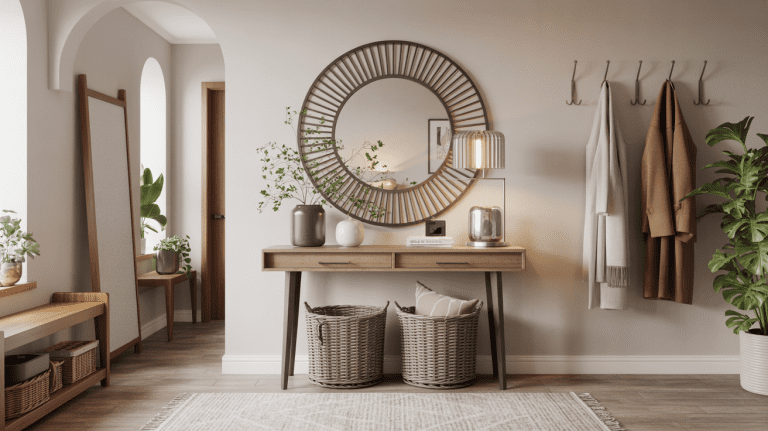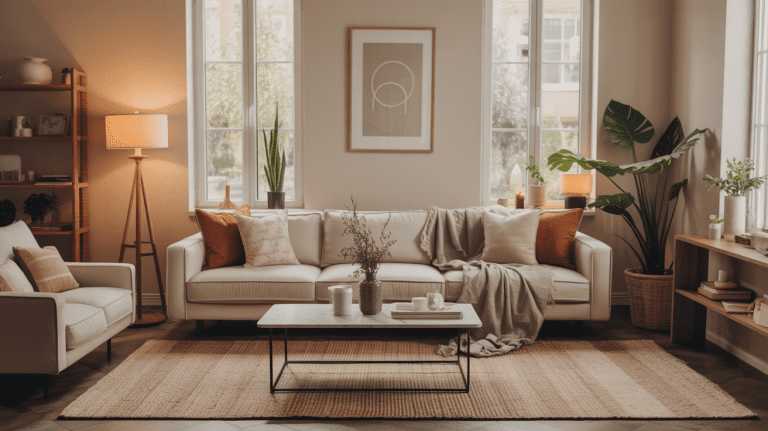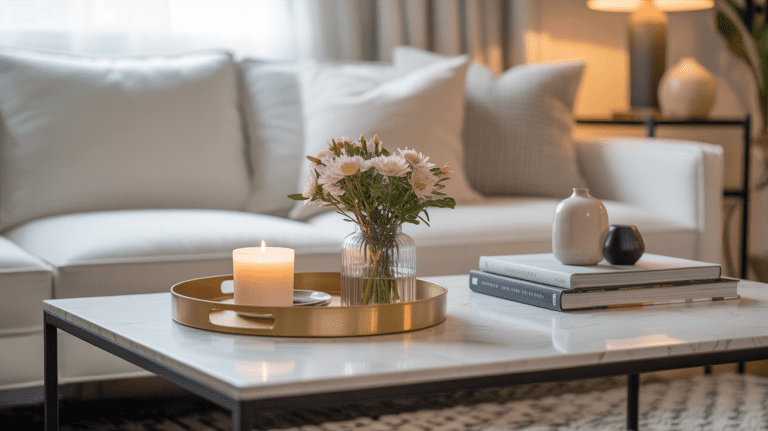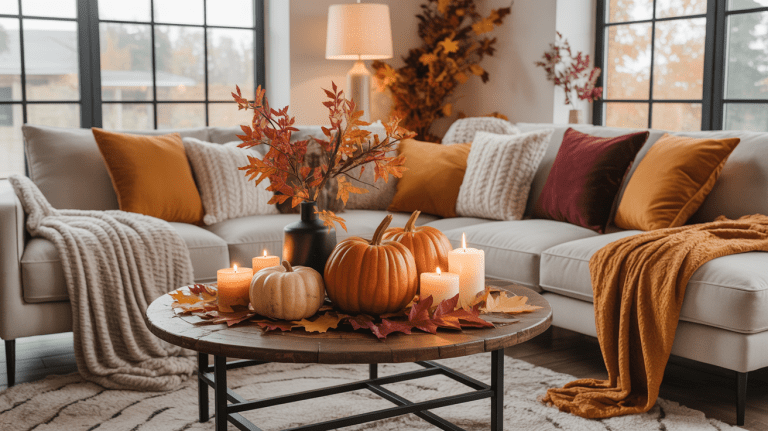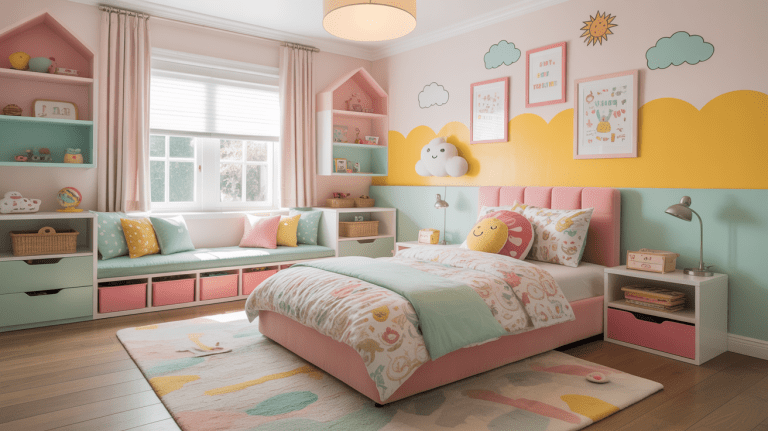Board and Batten Wall Ideas for Modern Interior Design
A board and batten wall is a simple way to add texture and style to any room. It uses wide boards placed vertically on a wall, with narrow battens covering the seams between them. This design creates a clean, classic look that brings depth and visual interest to plain walls.
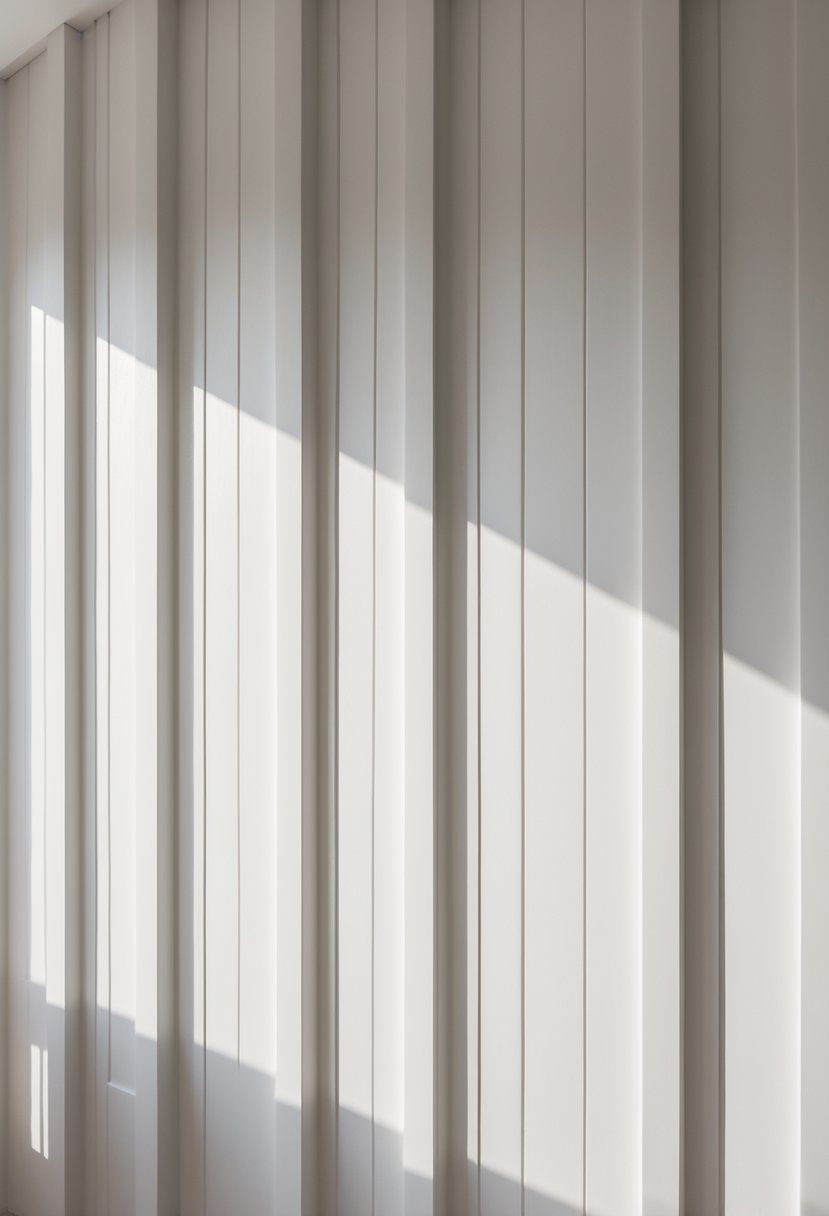
Many people choose board and batten walls because they are affordable and relatively easy to install. The materials can be wood or MDF strips, and the project often takes just a weekend to complete. Different styles and colors make it versatile for entryways, bedrooms, or bathrooms.
By breaking up flat surfaces, board and batten walls can change the whole feel of a space without major renovation. It’s a popular choice for those who want to add charm and character in a practical way. For step-by-step guides and ideas, one can explore resources on installing a DIY board and batten wall.
What Is a Board and Batten Wall?
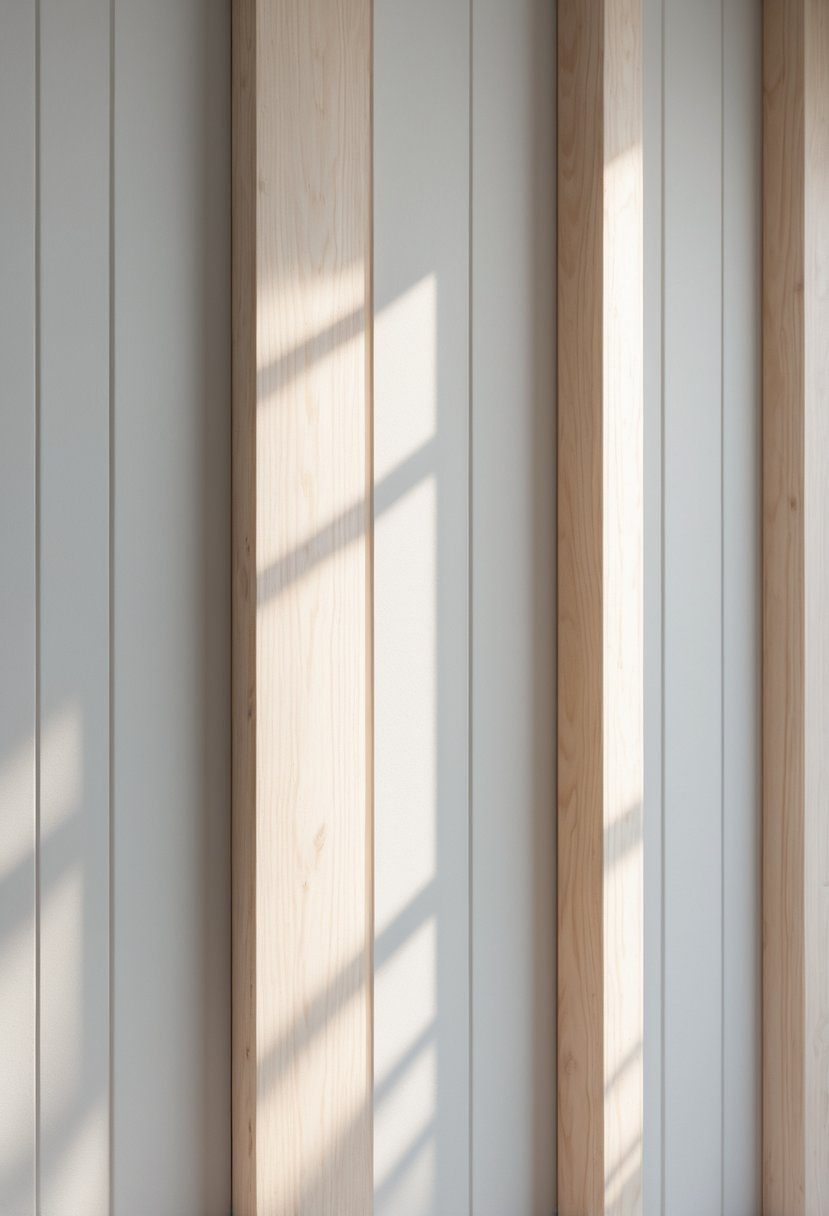
A board and batten wall uses wide boards placed vertically on a wall, with narrow strips called battens covering the joints between the boards. This design creates a layered, textured look. It is known for its clean lines and simple yet striking pattern.
Board and batten has roots in traditional architecture but remains popular for adding visual interest and character to rooms. It can be found in many homes, used in different ways to suit a variety of styles.
Definition and Key Features
Board and batten refers to a wall treatment made by installing wide vertical boards spaced evenly apart. Narrow strips called battens cover the seams between the boards. This creates a repeating pattern of wide and narrow elements.
Key features include:
- Vertical alignment of wood or MDF boards
- Thin battens covering gaps and adding depth
- Clean, linear aesthetic that adds texture to flat walls
Board and batten can be painted or stained to match any decor. Unlike flat paneling or wallpaper, it gives a three-dimensional effect. It is an affordable way to add detail and a focal point to a room.
Historical Background
Board and batten originated as a practical siding style for barns, cottages, and outbuildings. It helped seal walls against wind and rain by covering joints with battens.
Over time, it moved into interior design. In the 18th and 19th centuries, it became a common choice in rural American and European homes.
The look is often linked with farmhouse, cottage, and rustic styles but has been adapted for modern interiors. Its timeless appeal blends traditional function with contemporary design.
Common Applications
Board and batten is used in many parts of a home for both decoration and protection.
Common uses include:
- Accent walls to add visual interest in living rooms or bedrooms
- Hallways to create subtle texture and break up plain walls
- Entryways for a welcoming, sturdy look
- Wainscoting where board and batten covers the lower half of a wall
It is popular for DIY projects because materials are affordable and installation is straightforward. Board and batten works well with different colors and wall finishes to enhance room style.
For installation tips and ideas, see this board and batten wall guide.
Benefits of Board and Batten Walls
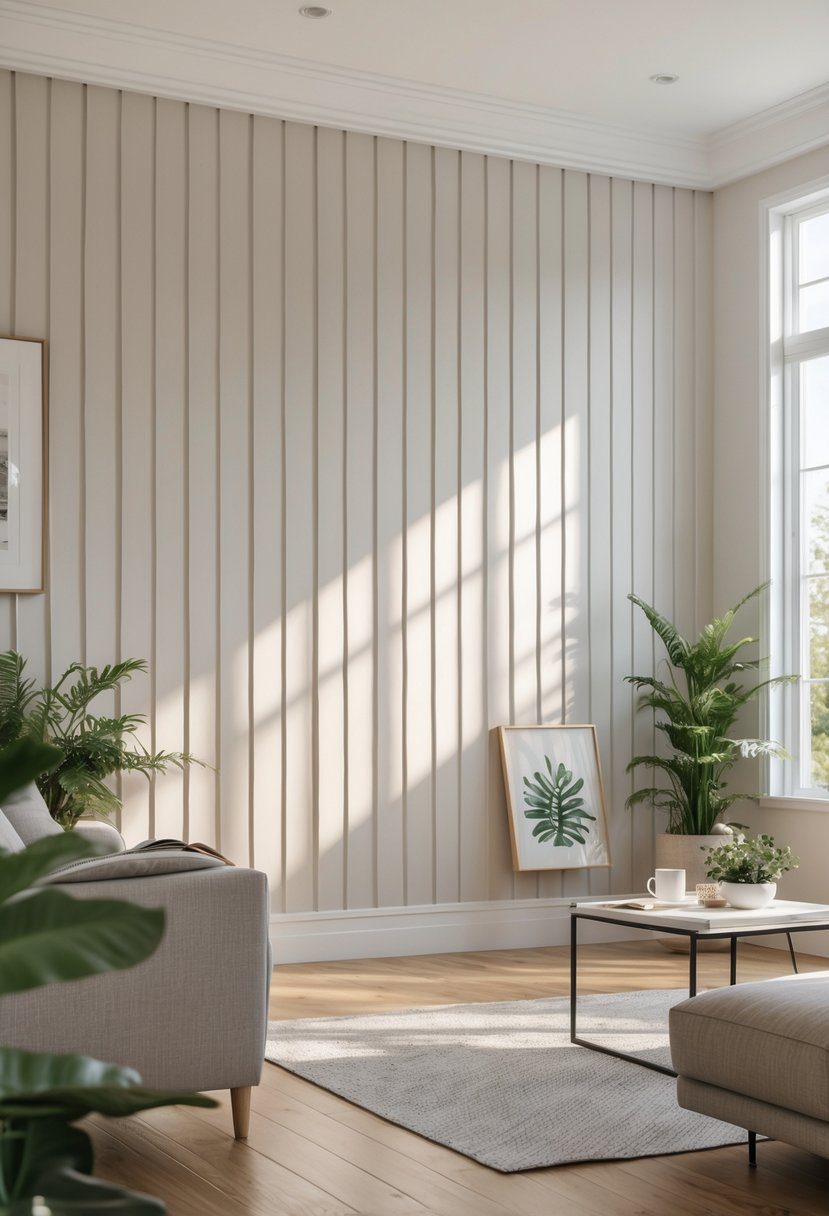
Board and batten walls add more than just decoration to a space. They create texture, improve wall strength, and can even help with energy efficiency. These walls offer practical benefits along with a distinct look that fits many styles.
Visual Appeal and Style
Board and batten walls bring depth and character to rooms. The vertical battens break up flat surfaces, adding texture and dimension. This design can create a balanced, eye-catching pattern that fits both traditional and modern homes.
The style is flexible. It can be painted or stained to match any color scheme. This makes it easy to personalize while giving walls an architectural interest that simple paint alone cannot achieve.
Adding board and batten is a cost-effective way to elevate a room’s design without major remodeling. It works well in spaces like entryways, living rooms, or bedrooms to make a bold yet timeless statement.
Durability and Longevity
Board and batten walls strengthen interior surfaces. The battens provide additional support to the drywall or wood beneath, helping to reduce dents and damage.
These walls are typically made with wood or fiberboard, both durable materials. Proper installation and finishing can extend the life of the walls, making them resistant to wear and tear.
Because they add an extra layer to the wall, they can also hide imperfections or previous damage. This makes them a practical choice for both new builds and older homes needing repairs.
Insulation Properties
Board and batten walls can improve a room’s insulation slightly. The added layers of wood create small pockets of air that slow down heat transfer.
While they are not a substitute for proper insulation, they can add to the overall energy efficiency. This helps in maintaining consistent indoor temperatures.
The battens also reduce drafts by covering seams and cracks on the wall. This can contribute to better heating and cooling performance, reducing energy costs over time.
For details on installation and design options, see this comprehensive guide to board and batten walls.
How to Install a Board and Batten Wall
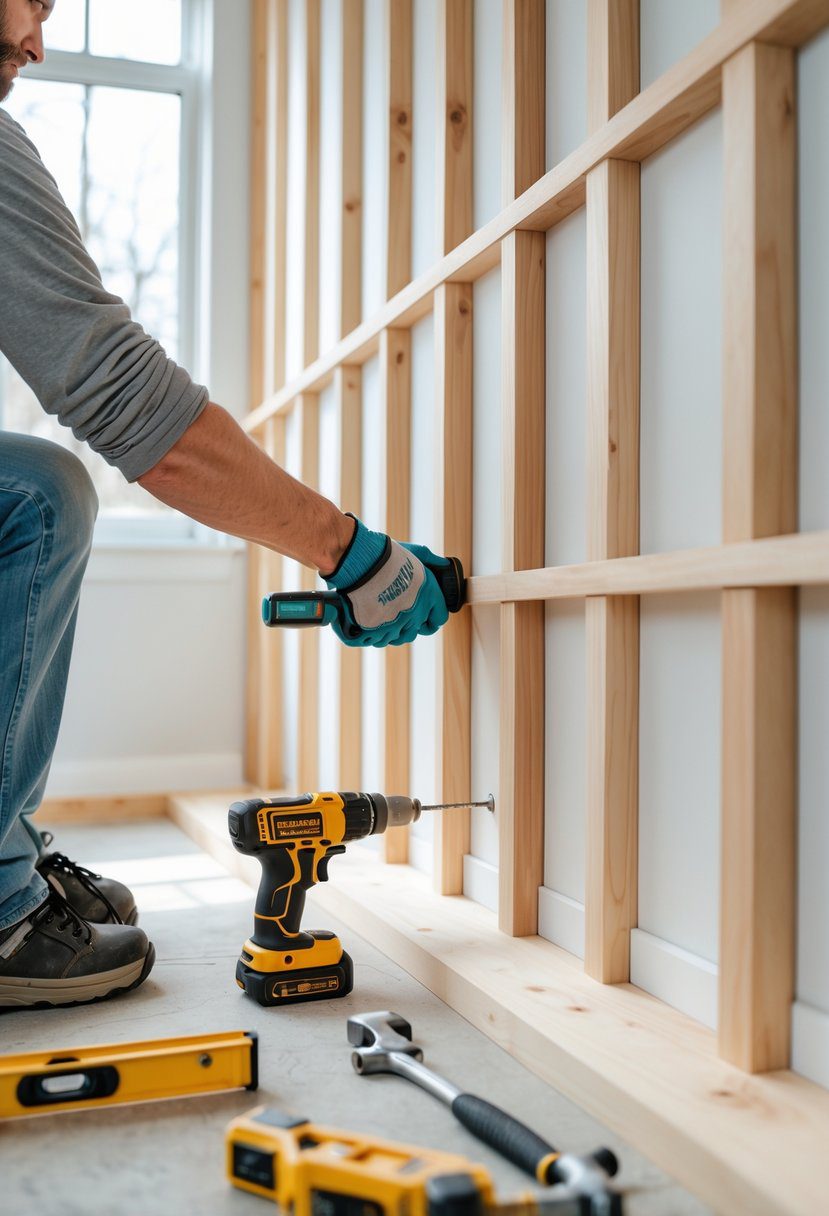
Installing a board and batten wall involves gathering the right materials, measuring carefully, and following a clear process. Attention to detail during preparation and installation ensures the battens line up evenly. Finishing touches, like caulking and painting, make the wall look polished and durable.
Materials and Tools Needed
For this project, he needs wide boards (usually 1×8 or 1×10) to cover the wall vertically. Then, he adds narrow battens (1×2 or 1×3) over the seams between the boards. MDF or wood planks work well.
Essential tools include:
- Measuring tape and level
- Circular saw or miter saw
- Nail gun or hammer with finishing nails
- Wood glue and caulk
- Stud finder
- Painter’s tape and sanding block
He should also have primer and paint for the final finish. Proper tools and good materials make installation easier and help avoid gaps or uneven surfaces.
Preparation and Planning
She begins by measuring the wall height and width. Knowing these dimensions helps calculate how many boards and battens are needed. It’s important to mark stud locations with a stud finder for secure nailing.
Before attaching anything, the wall should be clean and dry. He can decide whether to remove baseboards or install battens over them using thinner boards that don’t stick out much.
Spacing battens evenly is key. Many choose between 12 to 18 inches apart, but this depends on the wall size and aesthetic preference. Planning this step prevents mistakes during installation.
Step-by-Step Installation Process
First, he installs the wide boards vertically on the wall. Each board should be fastened to the studs with nails or screws.
Next, he measures and cuts battens to fit from the floor to the ceiling. Battens are nailed over the gaps between the wide boards, covering seams and giving the wall texture.
He checks each batten with a level to keep lines straight. Small gaps can be filled with wood filler or caulk.
If baseboards remain, he adjusts the battens so they just slightly overhang without creating a big shadow or uneven look.
Finishing and Painting Tips
After installation, sanding down any rough edges smooths the surface.
Applying a high-quality primer helps the paint stick better and prevents moisture damage.
Caulking along the edges of battens fills gaps and creates a seamless appearance. It’s important to use paintable caulk.
Once primed and caulked, he paints the wall. Using two coats ensures even coverage and durability.
For a modern or classic look, choosing flat or semi-gloss paint finishes can affect the final appearance. Proper prep and paint protect the board and batten wall over time.
Learn more detailed steps at How to Install a Board and Batten Wall – The Spruce.
Design Ideas for Board and Batten Walls
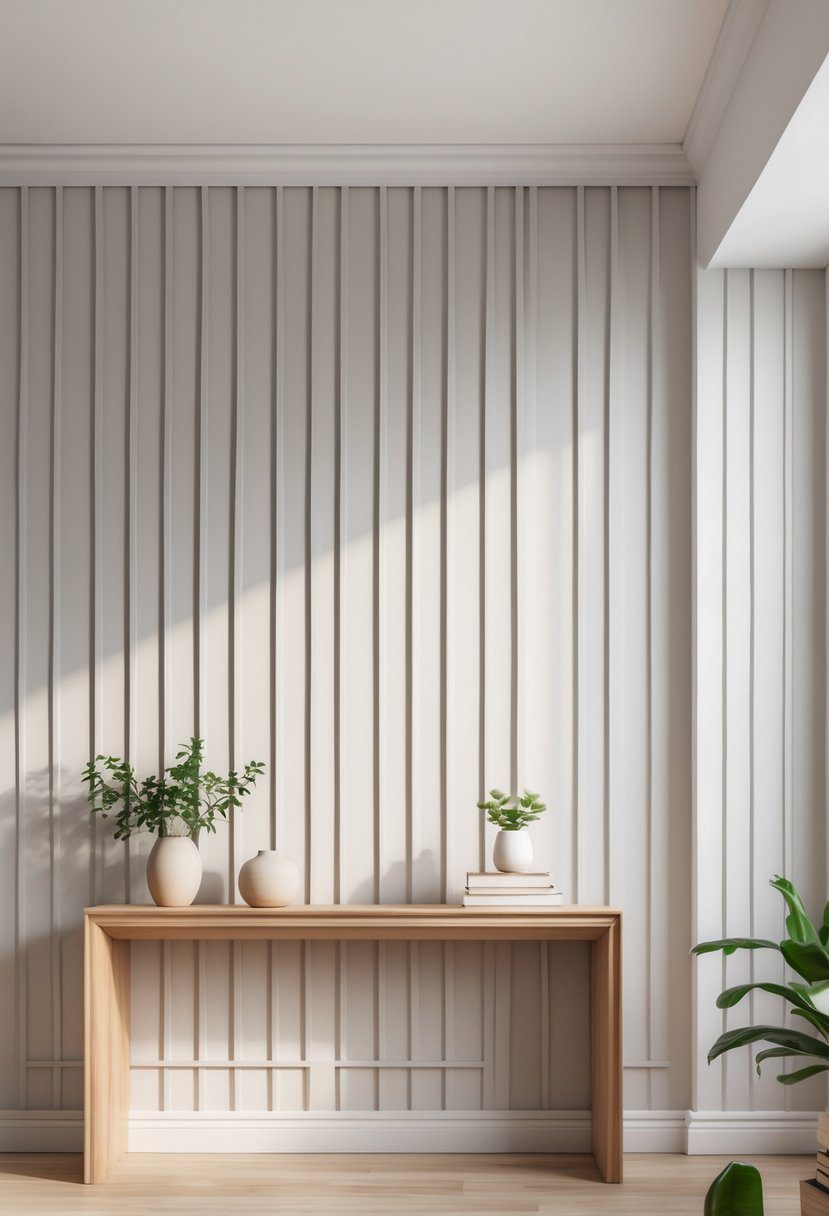
Board and batten walls transform plain surfaces into eye-catching features. They can serve as a striking accent, offer flexible color and finish choices, and blend well with different interior styles to enhance a room’s character.
Accent Wall Inspiration
Board and batten creates a strong visual focus when applied as an accent wall. It works well behind beds, sofas, or dining tables to add depth and dimension.
Vertical battens spaced evenly across a smooth wall create a clean, structured look. Some designs mix wide boards with narrow battens for texture.
Adding moldings or painting only part of the wall with battens can create modern patterns. This approach brings subtle interest without overwhelming the space.
Using board and batten in a single room can highlight key areas while keeping the rest of the walls simple.
Color and Finish Options
The choice of color profoundly affects the mood. White or light neutrals offer a classic, fresh feel. Dark or bold tones add drama and richness.
Matte finishes emphasize the texture, while semi-gloss paint can highlight the battens’ clean edges.
Wood battens stained or left natural introduce warmth and organic appeal. Painted board and batten is often easier to maintain and coordinate with other decor.
A popular trend uses two-tone designs, painting the battens one color and the wall another to enhance contrast and interest.
Integration With Interior Styles
Board and batten suits many home styles, from traditional to contemporary. In farmhouse or cottage aesthetics, it brings cozy charm.
For modern homes, simple battens with sleek paint colors keep the look minimal. Coastal interiors benefit from light, airy finishes paired with board and batten to evoke beach vibes.
Classic homes use elaborate boards with wide spacing to accent historical details. It can also fit industrial styles with rougher wood and darker stains.
Its flexibility lets it update any room without clashing with existing design elements.
Explore more design ideas for board and batten walls at 50 Beautiful Board and Batten Wall Ideas.
Frequently Asked Questions
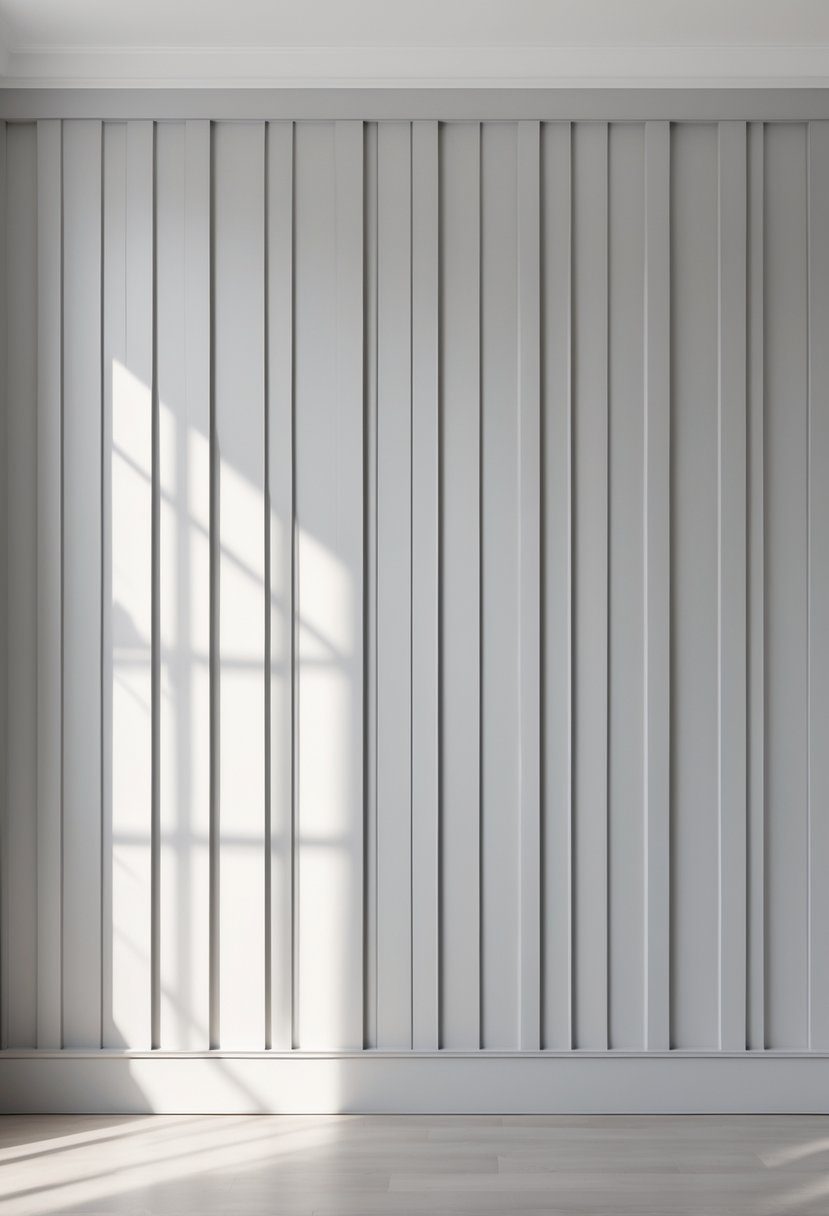
Installing board and batten involves precise measuring, cutting, and attaching boards to create a clean, structured look. Choosing the right wood and materials helps ensure durability and smooth finishes. Proper spacing and design choices affect both function and style in various rooms.
How do you install board and batten paneling on interior walls?
First, measure and mark the wall where the boards will go. Install wider boards vertically on the wall, then place narrower battens over the seams.
Use a level to keep boards straight and attach them with nails or adhesive. Fill nail holes and gaps before painting to get a clean surface.
What materials are needed for a DIY board and batten project?
You’ll need vertical boards, battens (thin strips), wood glue or construction adhesive, finishing nails, a nail gun or hammer, wood filler, caulk, primer, and paint.
Measuring tape, a level, a saw, and sandpaper are also necessary tools to ensure proper cuts and smooth surfaces.
How do you determine the proper spacing for board and batten?
Spacing depends on wall size and design preference. Common spacing ranges from 12 to 24 inches apart.
Measure your wall width and divide it by the number of battens you want to place. Consistent spacing keeps the wall balanced and visually appealing.
What are the best types of wood to use for board and batten walls?
Pine and MDF are common for affordability and ease of painting. Cedar and poplar offer more durability and a smoother finish.
Choose wood that fits your budget and desired look. MDF is smooth but less moisture-resistant than natural wood.
Can board and batten be used for exterior walls, and if so, what are the considerations?
Yes, but exterior installation requires weather-resistant wood like cedar or treated lumber. Seal and paint properly to protect from moisture and sun damage.
Ensure all boards are securely fastened and gaps are sealed to prevent water infiltration. Maintenance is needed to keep exterior battens in good condition.
What are some design tips for incorporating board and batten in living rooms and bedrooms?
Use board and batten on accent walls to add texture without overwhelming the space. Partial walls with battens up to 32-40 inches can add charm in hallways or bedrooms.
Pair with neutral paint or soft colors to highlight the pattern. Mixing with other wall treatments can create depth and style without clutter. For detailed guidance, see DIY Board and Batten Walls – Jenna Sue Design.

